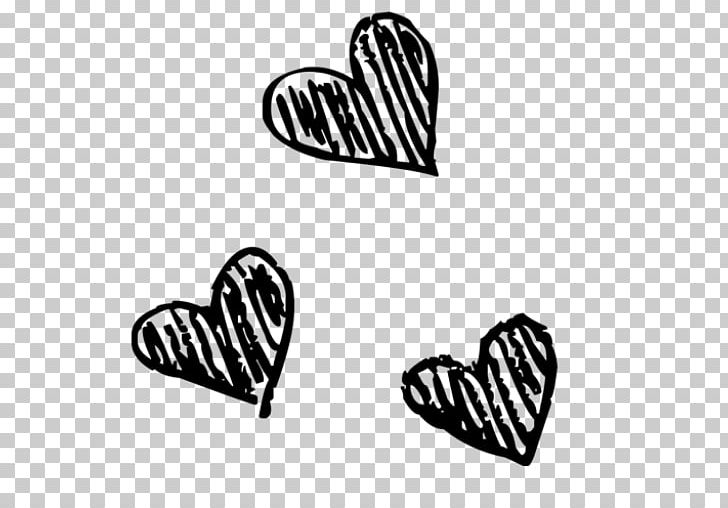

- TRANSPARENT OVERLAYS FOR EDITS HOW TO
- TRANSPARENT OVERLAYS FOR EDITS DOWNLOAD
- TRANSPARENT OVERLAYS FOR EDITS FREE
You’ll need just 4 steps to add your video overlays:
TRANSPARENT OVERLAYS FOR EDITS DOWNLOAD
Kapwing requires no app download and gives you the functionality of a high-powered video editing software.
TRANSPARENT OVERLAYS FOR EDITS FREE
In this article I’m going to walk you through the steps you’ll need in order to find & create your own video overlays and apply them to your videos! I’m going to be using a free online tool called Kapwing to add my overlays. It can be difficult to add your own transparent video overlays without downloading large or expensive video editing software. But what if you want to add your own, or want to make a video with this style for another platform? Instagram and Snapchat provide a variety of great themed, topical, and exciting visual overlays, but what if you want to use something that you can’t find? Adding stylized text, frames, transparent images, and other details can allow you to convey your message in creative and eye-catching ways. Looking for more video tutorials? Check these out.Instagram and Snapchat stories have made video overlays very popular over recent years. Interested in the tracks we used to make this video? So what are you waiting for? It’s time to automate your workflow with custom image overlays and export presets. When saving my image, it’s important that I select a transparency-friendly file format, such as PNG. To do this, I’ll simply create a new 1920×1080 Photoshop document and place the logo exactly where I want it at the appropriate size.
If I don’t want to adjust the position of my logo every time for every single export, I can create a custom overlay in Photoshop.

Whatever Image Overlay settings I have set up will automatically apply to future exports using this preset. When the Choose a Name dialog box comes up, I will click the Save Effects Settings checkbox. To do this, I’ll need to click the Save Preset button just to the right of the Presets drop-down menu. If I really want to save some time, I can create an export preset that will automatically add the overlays. To achieve this, I can bring the Opacity down below 50. Since this is a logo bug, I want it to be nice and blended into the background. I can further fine-tune the image via the Offset X, Y controls. Next, I’ll scale the image to the desired size. First, under Position, I’ll select Bottom Left. I want it to be in the lower left of the screen. This first image will be used as a logo bug. Now I’ll click on the Applied dropdown menu and choose an image. I’ll select Effects and then check the Image Overlay checkbox. To the right, I have a number of tabs just below the main Export Settings section. This will open up the Export Settings dialog box. Once I have a video sequence ready to go, I’ll select File > Export > Media. The reason this method of adding image overlays is so fast is that you add the overlay during the export.
TRANSPARENT OVERLAYS FOR EDITS HOW TO
Let’s have a closer look at how to automate this process. However, with the variety of formats and aspect ratios, adding image overlays can take up a huge chunk of time. It’s important that I maintain the branding across these platforms via logo bugs for each video. Each week, I need to publish a number of short video clips to a variety of social media platforms, including Facebook and Instagram. Let’s say that I’m creating videos for a weather channel. In Adobe Premiere Pro, there’s a simple way to add image overlays that will take no time at all. If you’re exporting a lot of videos, however, adding images to each video can be tedious and time-consuming. Whether it’s a logo bug, a watermark, or a custom border, it’s quite common to use image overlays on a video project. Speed up your edit with custom image overlays and export presets.


 0 kommentar(er)
0 kommentar(er)
